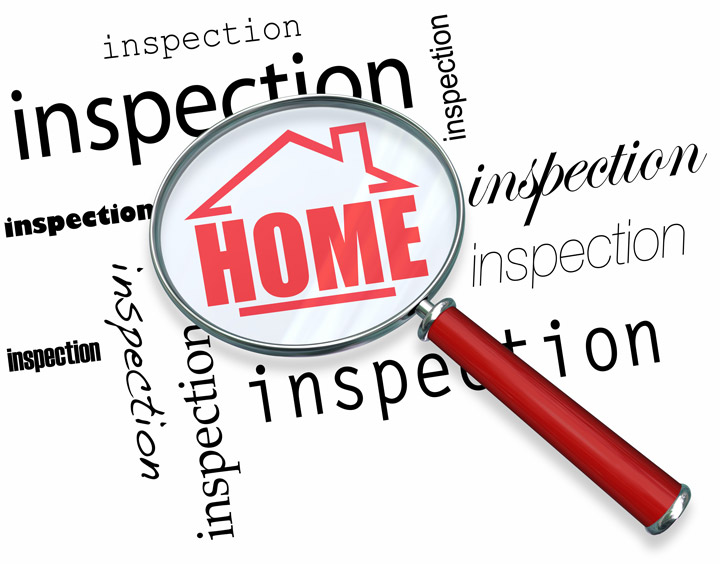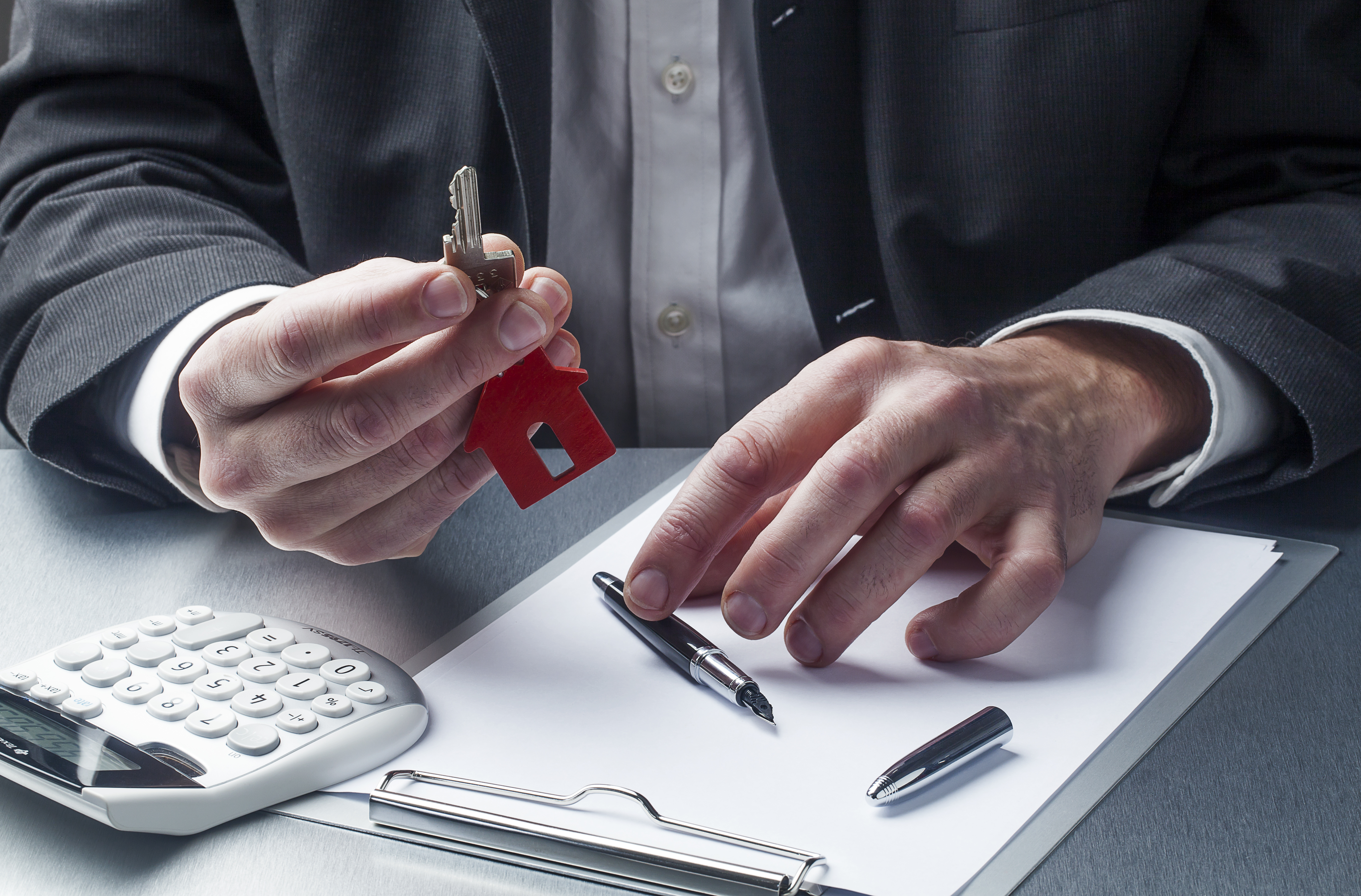
An Overview of the Appraisal ProcessTheir home's purchase is the largest financial decision some of us will ever consider. Whether it's a main residence, a seasonal vacation home or one of many rentals, the purchase of real property is an involved financial transaction that requires multiple parties to make it all happen. Most of the parties participating are quite familiar. The most familiar person in the exchange is the real estate agent. Next, the bank provides the financial capital required to bankroll the deal. And ensuring all requirements of the sale are completed and that a clear title transfers to the buyer from the seller is the title company. So, what party is responsible for making sure the value of the real estate is consistent with the amount being paid? This is where the appraiser comes in. We provide an unbiased opinion of what a buyer could expect to pay — or a seller receive — for a property, where both buyer and seller are informed parties. A licensed, certified, professional appraiser from Lyles Appraisal Service will ensure, you as an interested party, are informed. The inspection is where an appraisal beginsTo determine an accurate status of the property, it's our duty to first complete a thorough inspection. We must see features hands on, such as the number of bedrooms and bathrooms, the location, living areas, etc, to ensure they indeed are present and are in the shape a typical buyer would expect them to be. The inspection often includes a sketch of the floorplan, ensuring the square footage is accurate and illustrating the layout of the property. Most importantly, the appraiser looks for any obvious features - or defects - that would have an impact on the value of the property. After the inspection, we use two or three approaches to determining the value of real property: a paired sales analysis, a replacement cost calculation, and an income approach when rental properties are prevalent. 
Cost ApproachHere, the appraiser uses information on local building costs, the cost of labor and other elements to determine how much it would cost to replace the property being appraised. This value often sets the upper limit on what a property would sell for. The cost approach is also the least used method. 
Sales ComparisonAppraisers get to know the subdivisions in which they appraise. They thoroughly understand the value of particular features to the residents of that area. Then, the appraiser researches recent transactions in close proximity to the subject and finds properties which are 'comparable' to the real estate in question. Using knowledge of the value of certain items such as remodeled rooms, types of flooring, energy efficient items, patios and porches, or additional storage space, we adjust the comparable properties so that they more accurately portray the features of subject property.
A true estimate of what the subject could sell for can only be determined once all differences between the comps and the subject have been evaluated. When it comes to knowing the true worth of features of homes in Lawrenceburg and Lawrence, Lyles Appraisal Service is second to none. This approach to value is usually given the most weight when an appraisal is for a home purchase. Valuation Using the Income ApproachA third method of valuing a property is sometimes employed when a neighborhood has a measurable number of renter occupied properties. In this scenario, the amount of income the real estate generates is factored in with income produced by similar properties to determine the current value. ReconciliationExamining the data from all applicable approaches, the appraiser is then ready to document an estimated market value for the subject property. The estimate of value at the bottom of the appraisal report is not always the final sales price even though it is likely the best indication of a property's valuePrices can always be driven up or down by extenuating circumstances like the motivation or urgency of a seller or 'bidding wars'. But the appraised value is typically employed as a guideline for lenders who don't want to loan a buyer more money than the property is actually worth. Here's what it all boils down to, an appraiser from Lyles Appraisal Service will help you get the most fair and balanced property value, so you can make the most informed real estate decisions. |